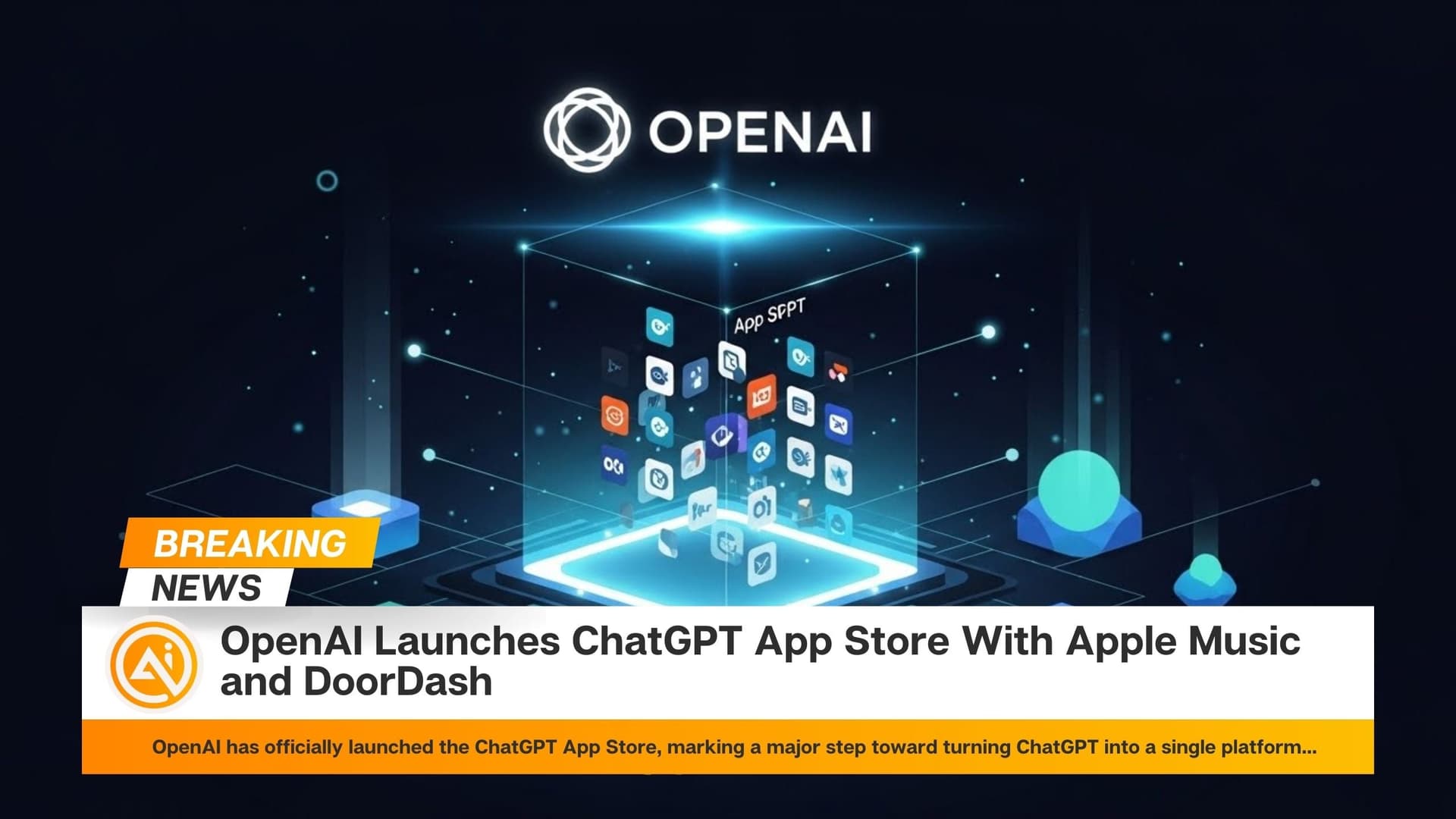Microsoft is exploring alternative AI models that could replace OpenAI's technology in its Copilot tool. Reports suggest that the company is testing models from other firms while also developing its own AI systems that could rival OpenAI’s capabilities.
Microsoft has already completed training on a set of models that reportedly perform nearly as well as OpenAI’s leading models based on standard benchmarks. The tech giant has confirmed that it is using a mix of AI models, including OpenAI’s, its own in-house models, and open-source alternatives. This shift comes as Microsoft seeks to reduce costs and diversify its AI offerings, despite its substantial $13 billion investment in OpenAI.
The partnership between Microsoft and OpenAI has been crucial in the development of AI technologies, with Microsoft providing financial backing and cloud infrastructure while integrating OpenAI’s models into its products.
However, Microsoft's latest actions indicate a move towards greater independence. In August, the company officially added OpenAI to its list of competitors in areas such as search and news advertising, placing it alongside Google and social media platforms. This strategic shift signals Microsoft's intent to establish itself as a major AI player beyond its OpenAI partnership.
In January, Microsoft revised its agreement with OpenAI, giving up exclusive cloud hosting rights for OpenAI’s models but maintaining exclusive access to its API. This change reflects a broader shift in Microsoft's AI strategy, where it aims to balance collaboration with OpenAI while also developing its own AI infrastructure.
The company’s ongoing AI advancements suggest that it is positioning itself to compete more directly in the growing AI market, ensuring that it remains a dominant force in the industry while reducing reliance on any single AI provider.
